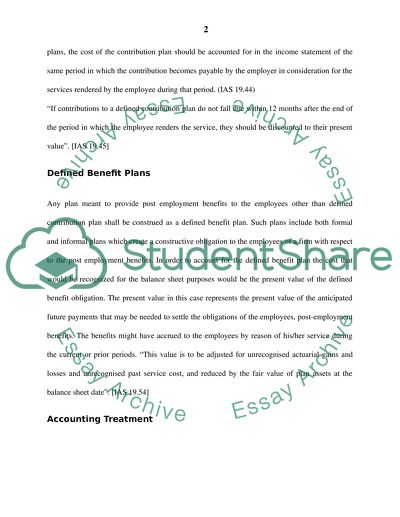Cite this document
(“Accounting Treatment for Pension Plans: IAS 19 Term Paper”, n.d.)
Accounting Treatment for Pension Plans: IAS 19 Term Paper. Retrieved from https://studentshare.org/finance-accounting/1528557-financial-reporting-bachelor-essay
Accounting Treatment for Pension Plans: IAS 19 Term Paper. Retrieved from https://studentshare.org/finance-accounting/1528557-financial-reporting-bachelor-essay
(Accounting Treatment for Pension Plans: IAS 19 Term Paper)
Accounting Treatment for Pension Plans: IAS 19 Term Paper. https://studentshare.org/finance-accounting/1528557-financial-reporting-bachelor-essay.
Accounting Treatment for Pension Plans: IAS 19 Term Paper. https://studentshare.org/finance-accounting/1528557-financial-reporting-bachelor-essay.
“Accounting Treatment for Pension Plans: IAS 19 Term Paper”, n.d. https://studentshare.org/finance-accounting/1528557-financial-reporting-bachelor-essay.


